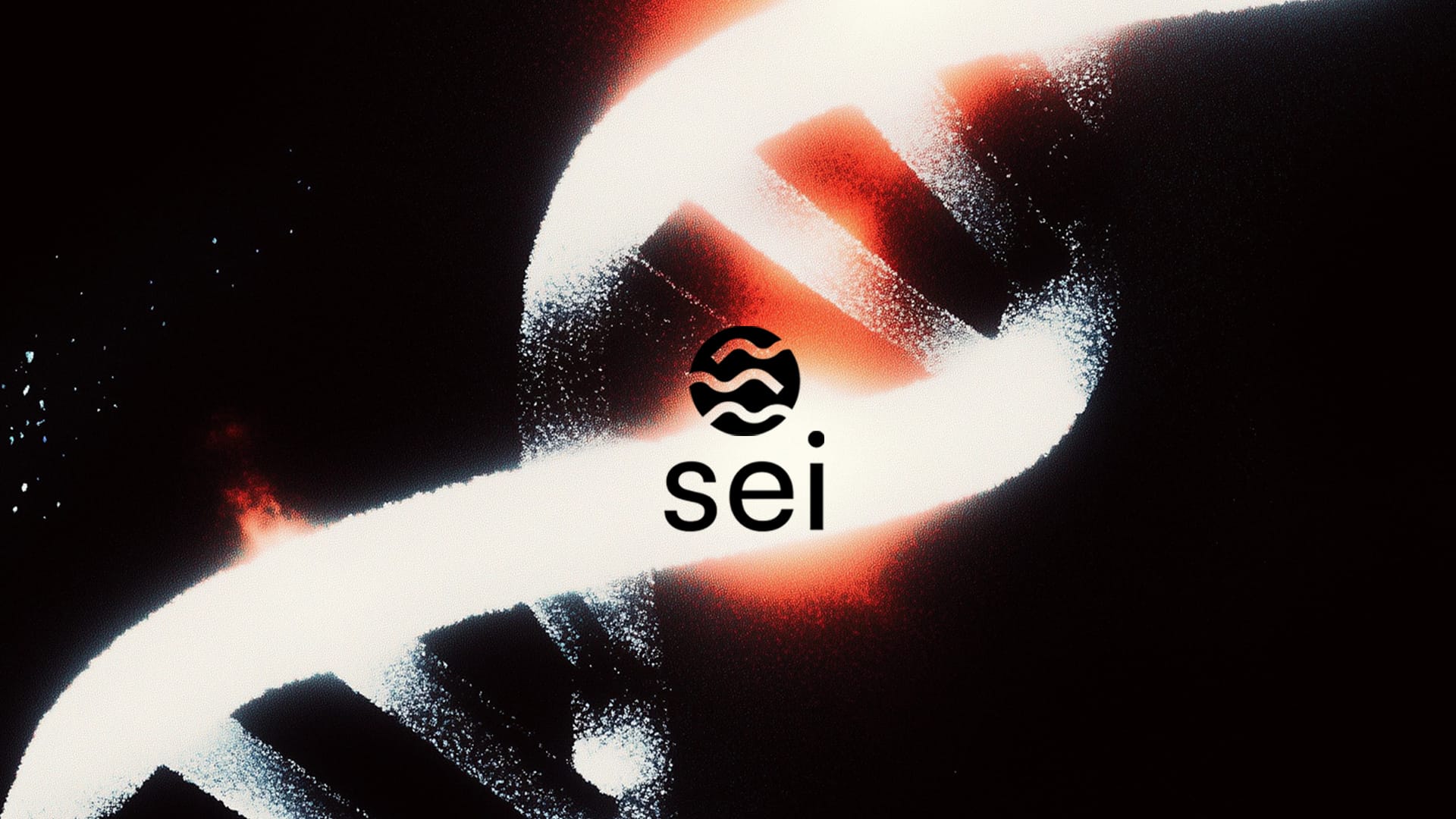- Rhoda Report
- Posts
- “It Wasn't Me!”
“It Wasn't Me!”
Issue #126

Hi there! The word Community has been trending lately. That took me down memory lane, so I figured I’d join in on the buzz.
Community is nothing new to me. It’s in my blood. It’s the pillar stone of every Grenadian. I’m from Golf Course on the south side of Grenada. Lemme tell you, that Golf Course community raised me proper.
As Grenadians, we believe that tight-knit communities coming together adds to our strength as a people. Hence, there were many community events. I can still smell the fresh coconut buns folks used to sell during our blockos (block parties). We had cricket matches and football (okay… soccer) games in the pasture, dominoes or pokeno in the colourful, wooden structure by the roadside, and Christmas tree lighting festivities. Not to mention the music, dancing, and laughter. And times like now, leading up to Easter weekend, the sky would be filled with multi-coloured kites flying high, each with its own hum drifting in the breeze. Somewhere, sitting on three stones and firewood, a big pot would be bubbling as everybody waited patiently to get a plate of deliciousness (oil down, pelau, or soup). It really didn’t matter what was on the menu. The community would eat.
I remember our community coming together often to support farmers and fishermen, help residents with construction projects, or just lend a hand. Each person had a role. Collective efforts to clean roads and drains showed a shared pride in our surroundings.
We did it together! And we did it with pride!
Back then, I didn’t have to think about what community meant. I lived it. And every time I go back home, I get to relive it. I’ve seen how my people look out for each other without needing praise. I’ve seen how they pour into individuals. I see how they support my mum, a matriarch in the community, while I’m miles away.
These days, I realize how community can be the balm for so much stress and heaviness. Whatever it is you’re dealing with (physical, mental, or emotional) the right community could be what helps you ease the burden and thrive.
As I welcome April, I’m filled with gratitude for my communities. They bring me joy!

Photo - Me Enjoying my pan community in Grenada
Alright, let’s dig in!
Last Week’s Market Overview (March 23 - March 29, 2025)
Volatility returned to the markets last week as rising inflation pressures, softening consumer data, and trade policy uncertainty reignited fears of stagflation. While the labour market remained stable and corporate profits surprised to the upside, the hotter-than-expected core PCE reading, which is the Fed’s preferred inflation gauge, sent shockwaves through risk assets. U.S. and international equities fell, Treasury yields wobbled, and safe-haven flows boosted gold. With tariffs looming and economic sentiment weakening, investors treaded cautiously into quarter-end.
U.S. Markets Recap
Equities:
The S&P 500 fell back toward correction territory after sharp pullbacks last Wednesday and Friday. The catalysts: renewed tariff threats, discouraging inflation data, and signs that consumers are tightening their belts.
Major Indexes: Dow (-0.96%), Nasdaq (-2.59%), and S&P 500 (-1.53%).
Defensive sectors like utilities, real estate, and consumer staples outperformed.
Growth stocks, especially in tech, bore the brunt of the selling. NVIDIA (NVDA) lost 7% for the week, and Broadcom (AVGO) dropped nearly 12% amid concerns over AI buildout pacing and China chip demand.
Investors rotated out of high-flying names and sought cover in value stocks, as volatility and policy uncertainty dominated the conversation.
Fixed Income:
Bond markets told a more tempered story:
Treasury yields fell late in the week, with the 2-year yield dropping 12 bps and the 10-year falling 8 bps.
The Bloomberg U.S. Aggregate Bond Index posted gains, even as corporate credit spreads widened slightly to 3.22%—still below long-term averages.
Treasury auctions for the 2-, 5-, and 7-year notes saw weak demand, likely due to elevated valuations and tariff-related caution.
Inflation expectations rose: markets now anticipate 3.29% average inflation over the next 2 years, the highest since 2022. Rate cut odds remain fluid, with markets pricing in roughly 2.5 cuts for 2025, possibly beginning in June or October.
Commodities:
The commodity complex notched a fourth straight weekly gain:
WTI crude rebounded 1.5% off oversold levels but lost steam Friday as OPEC+ output and trade risks returned to focus.
Gold rose nearly 2%, nearing record highs, while silver jumped 2.9%, outperforming the metals complex.
Copper added 0.5%, with buyers front-running expected tariff hikes.
Currencies:
The U.S. dollar held flat last week, unable to reclaim its 200-day moving average. While the yen slipped (USD/JPY +0.33%), the euro and British pound gained slightly, buoyed by diverging inflation trends and tariff expectations. Currency traders remain cautious ahead of "Liberation Day" tariff announcements the Wednesday, April 2.
U.S. Economic Recap (March 23 - March 29, 2025)
Despite soft consumer sentiment, the broader economic data was mixed:
Jobless claims remained stable, with the 4-week average holding below 227,000, suggesting no major cracks in the labour market yet.
Q4 2024 GDP was revised up to 2.4%, bolstered by stronger exports and robust corporate profits. After-tax profits surged 5.9%, the best in over two years.
Business activity improved in March, with the S&P Global Composite PMI hitting 53.5, driven by strong services performance.
But consumer spending weakened, rising just 0.1% in February, with services spending falling for the first time in 3 years.
Most notably, core PCE inflation rose 0.4% in February and 2.8% year-over-year, raising concerns about the Fed's ability to cut rates without losing control of inflation expectations.
Global Markets Recap (March 16 - March 22, 2025)
Europe:
European equities fell as optimism around Germany’s fiscal stimulus faded and trade worries intensified. The STOXX 600 shed more than 1%, with concerns over a lack of diplomatic progress in Ukraine and the Middle East adding to risk aversion.
Asia:
Japan’s economy showed renewed weakness, with March PMI falling to 48.5, the steepest drop since 2021. Both services and manufacturing sectors contracted.
In China, industrial profits shrank by 0.3% year-over-year in Jan-Feb, a sharp disappointment amid fragile recovery hopes.
Crypto Recap (March 23 - March 29, 2025)
Bitcoin lost 1.86% on the week, retreating from last Monday’s peak of $88,600 to close just above $83,900.
Inflation data and renewed tariff threats drove risk-off sentiment Friday, leading to profit-taking across digital assets.
Despite price weakness, crypto fund inflows totaled $644M, ending a five-week outflow streak.
ETH/BTC hit its lowest level since June 2020.
Crypto Headlines
Coinbase is in advanced talks to acquire Deribit, the largest BTC/ETH options platform, signaling a major expansion into crypto derivatives.
ICE (NYSE parent) is teaming up with Circle to explore stablecoin (USDC) and tokenized money market fund (USYC) integration across financial infrastructure.
Nubank, backed by Warren Buffett, added ADA, NEAR, ATOM, and ALGO to its crypto offerings, expanding access to 100 million customers in Brazil.
Top crypto gainer last week: Cronos (CRO), ZCash (ZEC) and Berachain (BERA)
Here are other key highlights from last week:
GameStop is the latest to add Bitcoin (BTC) as a corporate treasury asset.
Ripple partners with Chipper Cash to boost payments in Africa using XRP.
Sei foundation explores buying 23andMe to put genetic data on blockchain.
'The Sandbox' adds Atari, Terminator and Jurassic World in Alpha Season 5.
Derivatives trading giant CME Group to test tokenization with Google Cloud.
This week’s happenings set the tone for Q2!
Key Developments so Far:
As of Monday 3/31/2025, markets remain cautious ahead of tariff-related developments and major labour data due later this week. No significant economic releases have hit yet, but traders are positioning defensively.
Upcoming U.S. Economic Releases:
Date | Event |
|---|---|
Tues. | ISM Manufacturing PMI, JOLTS Job Openings |
Wed. | ADP Nonfarm Payrolls |
Thurs. | Weekly Jobless Claims, ISM Services PMI |
Fri. | Nonfarm Payrolls, Unemployment Rate, Average Hourly Earnings |
Events to Watch
April 2 – “Liberation Day” Tariff Announcements: Watch for market volatility as the U.S. outlines retaliatory tariffs on nations with trade barriers.
Geopolitical tensions continue in Gaza and Ukraine, weighing on sentiment.
Fed speakers this week:
Speaker | Day & Time (ET) |
|---|---|
Barkin (FOMC) | Tues. 9:00 AM |
Kugler (FOMC) | Wed. 4:30 PM |
Jefferson (Vice Chair) | Thurs. 12:00 PM |
Cook (FOMC) | Thurs. 2:30 PM |
Powell (Fed Chair) | Fri. 11:25 AM |
Barr (FOMC) | Fri. 12:00 PM |
Waller (FOMC) | Fri. 12:45 PM |
Of course, all eyes will be on Powell’s Friday remarks, which may clarify the Fed’s path amid sticky inflation and uneven data.
Earnings:
Earnings Releases are very light this week. The key ones to watch this week are outlined in red in the chart below.
Global Economic Events This Week:
Trading Tip:
“Add Cronos (CRO) to your crypto watchlist!”
Week 3/23/25 - 3/29/25 Recap
Special Tools and Strategies - Bitcoin Basics
There’s a lot of noise out there about Bitcoin.
Some still claim it’s “fake” or a “scam.” However, when asked to explain what Bitcoin actually is, many of those same critics come up empty.
Meanwhile, the likes of BlackRock, JPMorgan, and even national leaders are beginning to cozy up to the asset they once dismissed. President Trump and other U.S. policymakers have recently floated the idea of a national Bitcoin reserve. Large corporations(e.g. GameStop) are adding Bitcoin to their balance sheets. Institutions that once called it “worthless” are now calling it “digital gold.”
Here’s the thing: Bitcoin is a technology. If you understand how the technology works, you’ll begin to understand why so many people are choosing to accumulate it.
This shift represents something much bigger than a new asset class.
We are witnessing the early stages of a new financial era that is:
Immune to centralized manipulation
Designed to run 24/7 without human intervention
Built to empower individuals, not institutions
The future of finance won’t be about timing the market. It will be about understanding the architecture of freedom.
With that said, here is what you need to know about Bitcoin, especially if you’re a beginner trader or investor.
What Is Bitcoin?
According to the original whitepaper written by an anonymous figure or group known as Satoshi Nakamoto, Bitcoin is a “peer-to-peer electronic cash system.”
Bitcoin is:
The first cryptocurrency built on blockchain technology
A decentralized digital currency based on cryptography
Not controlled by any central authority or government
Unlike government-issued (fiat) currencies like the U.S. Dollar or Euro, which are managed by central banks, Bitcoin operates across a global network of nodes, allowing people to send and receive funds directly. No middleman or bank approvals required!
Who Created Bitcoin?
Bitcoin was introduced on October 31, 2008 by Satoshi Nakamoto. On January 9, 2009, the first block of the Bitcoin network (called the genesis block) was mined, marking the birth of cryptocurrency.
To this day, the true identity of Satoshi remains unknown.

From Rhoda Hall
How Does Bitcoin Work?
At its core, Bitcoin is a distributed ledger system, also called a blockchain. Here's how it differs from traditional banking:
Traditional Bank System:
Alice wants to send Bob $100
The bank holds the ledger and verifies Alice’s balance
The bank deducts $100 from Alice’s account and credits Bob’s
Bitcoin’s Decentralized System:
There is no central ledger holder
Instead, thousands of nodes store a public copy of the ledger
Alice broadcasts her intention to send Bob 0.00121 BTC
Bitcoin miners validate the transaction and add it to the blockchain
What Is Bitcoin Mining?
Mining is how new transactions are confirmed and added to the blockchain.
Miners use computing power to solve complex mathematical puzzles. This process is known as Proof of Work
The first miner to solve the puzzle earns the right to confirm a block of transactions
As a reward, the miner receives newly minted bitcoins and transaction fees
This process:
Secures the network
Ensures transparency
Makes altering past transactions virtually impossible
However, the downside, mining comes with significant costs, including energy and hardware expenses.
Where to Buy Bitcoin
Buying Bitcoin (ticker symbol: BTC) is easier than ever, but not all platforms are created equal. You can either purchase from a centralized exchange or a wallet-based application.
Centralized Exchanges (CEXs)
These platforms allow you to register, verify your identity, and purchase Bitcoin using a bank transfer, debit card, or PayPal.
Popular CEXs:
Coinbase – User-friendly for beginners
Gemini – Strong compliance and security reputation
CashApp – Buy and send BTC directly from your phone
PayPal – Purchase and hold Bitcoin within your PayPal account
Note: When using centralized exchanges, you don’t own your private keys. The platform holds custody of your Bitcoin unless you withdraw it.
Wallet Platforms with Purchase Capability
Prefer to self-custody your Bitcoin? These apps let you control your private keys.
Lobstr (no “e”) Wallet – Integrated with MoneyGram, great UI
Atomic Wallet – Allows crypto purchases and local backup
Always double-check URLs and app sources. Phishing scams often impersonate wallet apps and exchanges.
Benefits and Risks of Bitcoin
Pros
Privacy: Transactions don’t require personal information
Decentralization: Immune to control by banks or governments
Growth Potential: Many believe Bitcoin will appreciate as adoption grows
Cons
Volatility: Prices can swing dramatically in short periods
Security Risks: Users must guard against phishing and exchange hacks
Lack of Insurance: Bitcoin is not covered by SIPC or FDIC insurance
Hot Wallets vs. Cold Wallets
Once you buy Bitcoin, you'll need a secure place to store it.
Wallet Type | Description |
|---|---|
Hot Wallet | Connected to the internet; accessible via phone or desktop |
Cold Wallet | Offline; USB-style device for long-term storage |
Hot wallets are easier for everyday access but riskier. Cold wallets are more secure for long-term investors. Read more about these types on wallets in Issue #110.
Bitcoin and Taxes
In the U.S., Bitcoin is taxed as property, not currency.
Selling Bitcoin held for under a year triggers short-term capital gains
Holding for over a year qualifies for long-term capital gains
Keep detailed records of all purchases, transfers, and sales for tax reporting.
Common Bitcoin Myths Debunked
Myth | Truth |
|---|---|
Bitcoin is only used for crime | Many reputable businesses accept BTC |
Bitcoin is untraceable | Every transaction is recorded on a public blockchain |
Bitcoin Cash (BCH) is Bitcoin | BCH is a separate cryptocurrency that split from BTC in 2017 |
Bitcoin is a hedge against the stock market | Often, Bitcoin moves in sync with traditional equities, especially the Nasdaq |
Bitcoin is free and instant | Transactions can take time and cost fees due to mining |
A New Lens on Value
For those who say crypto is dead or Bitcoin is going to zero: this isn’t the end. It’s the beginning of something transformative.
The world is changing faster than traditional finance can keep up.
We’re witnessing the financialization of technology, driven by:
Smart contracts automating trillion-dollar workflows
AI systems managing risk in real-time
Blockchain enabling digitally scarce assets
Some traditional traders are looking through an outdated lens. They understand markets, but not the underlying technology.
The financial future won’t be built by traders.
It will be built by:
Engineers fluent in smart contracts
Developers integrating AI and blockchain
Architects designing trustless systems
Bitcoin is not a fad. It’s the first asset that:
is digitally scarce;
cannot be manipulated by governments;
is secured by math, not politics;
has outlived every obituary written about it for a decade and some.
This is a bet on the future and the builders who are creating it!
Get you some Bitcoin!
Disclaimer: This newsletter is strictly educational. The information this report provides does not constitute investment, financial, trading, or any other advice. You should not treat any of the report’s content as such. Please be careful and do your research.











